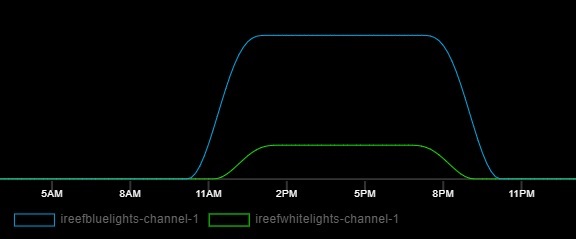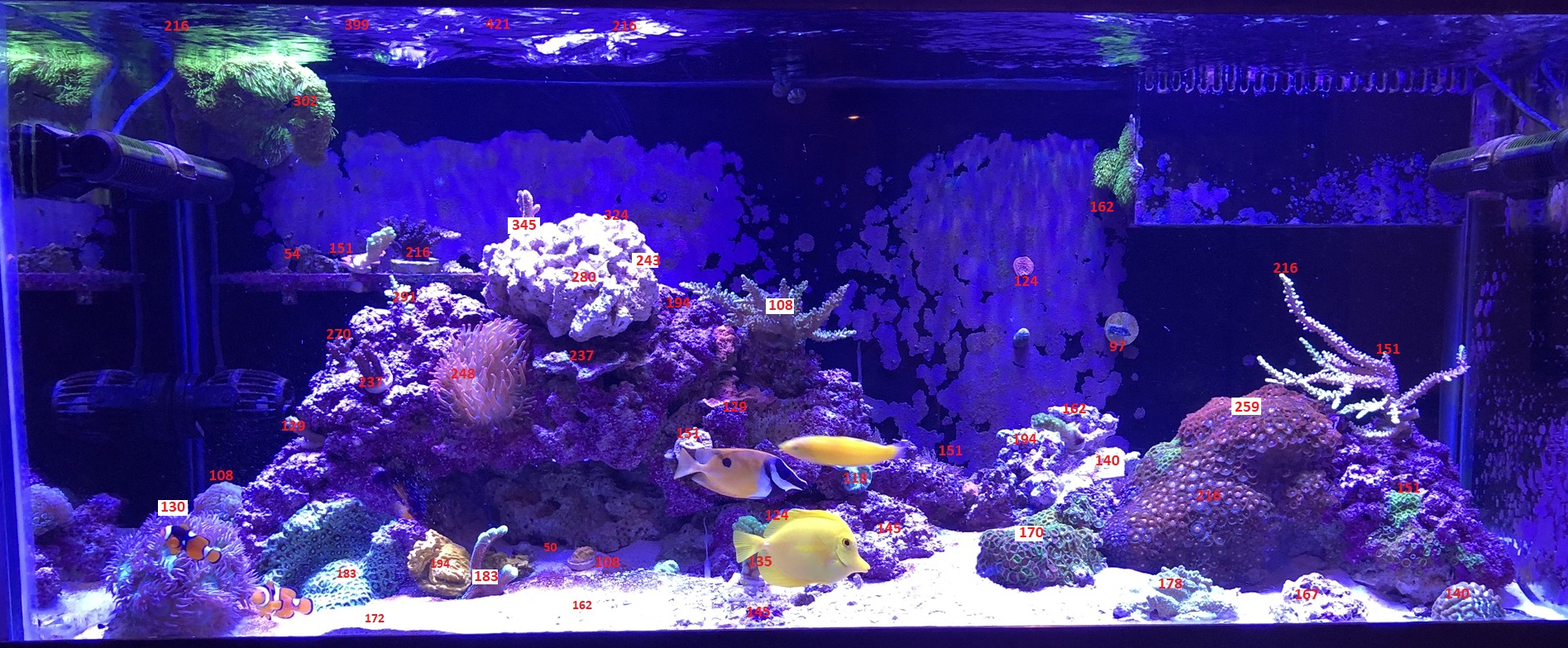I am still trying to wrap my head around intensity vs duration when it comes to lighting. I currently have Ocean revive lights set to 20 white Chanel and 85 blue Chanel. Blues begin ramping at 10 am and turn off at 10 pm. White/full spectrum start ramping 11am and turn off at 9pm. Blue not counting ramping time is full intensity for 6 hours and white is full intensity for 4 hours.

We all know that light that is to intense will bleach corals. But will intense light for to long of a duration affect coral color/bleaching? I am starting to think I need to dial back my light duration. Seems that most are in the opinion that corals only need 4-6 hours of light and mine just on the blue side are getting 6 hours of ramping time and 6 hours full intensity. Opinions?

We all know that light that is to intense will bleach corals. But will intense light for to long of a duration affect coral color/bleaching? I am starting to think I need to dial back my light duration. Seems that most are in the opinion that corals only need 4-6 hours of light and mine just on the blue side are getting 6 hours of ramping time and 6 hours full intensity. Opinions?


















